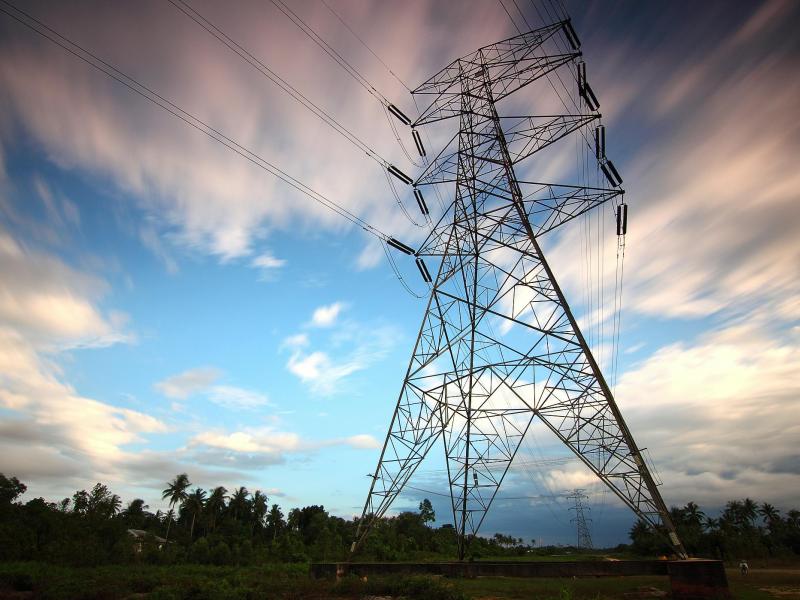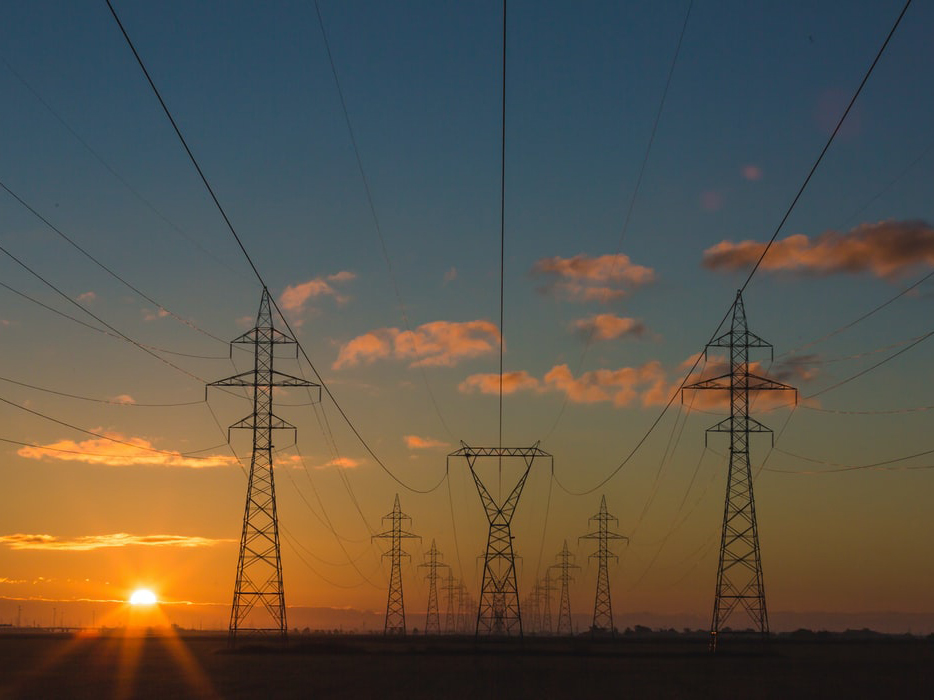
Hydropower and
the Electric Grid
Hydropower and
the Electric Grid
Maximizing hydropower’s contribution
Maximizing hydropower’s contribution
Hydropower is a widely available, flexible renewable resource that can supply and store electricity for the evolving grid.
From massive dams to pumped storage systems, hydropower is dependable—supplying electricity when demand peaks and maintaining proper voltage levels across America’s grid.
When there are immediate needs for more electricity, pumped-storage hydropower can release stored water to generate electricity and balance the grid. In the United States, pumped-storage hydropower serves as the nation’s largest form of utility-scale electricity storage and offers 20 GW of capacity.

PNNL’s Role
To maintain and advance hydropower capabilities for a modern electric grid, PNNL researchers are working with hydropower stakeholders to maximize the resource’s overall contribution. For example, PNNL provides analytical tools to help grid and dam operators manage hydropower costs effectively and efficiently in real time. Researchers are also helping hydropower systems prepare for operating under changing climate conditions.
PNNL is part of a leadership team for the U.S. Department of Energy’s Water Power Technologies Office’s grid research initiative, Hydropower and Water Innovation for a Resilient Electricity (HydroWIRES). This multi-laboratory effort aims to clarify the evolving role of hydropower as part of a modern grid infrastructure. The initiative considers an evolving pricing market, hydropower’s capabilities and constraints, and operations and planning considerations toward the development of innovative approaches that expand hydropower’s contribution as part of a flexible energy mix.
PNNL leads the HydroWIRES research efforts on hydropower’s capabilities and constraints related to flexibility and hydrologic forecasting, and how to understand the value of hydropower under evolving system conditions, including grid taxonomy, value drivers, and value methodologies. PNNL works as a team with Argonne National Laboratory, Idaho National Laboratory, National Renewable Energy Laboratory, and Oak Ridge National Laboratory to provide strategic guidance across the U.S. Department of Energy portfolio and contribute to the HydroWIRES initiative.
As the electric grid continues to change, PNNL will help identify how hydropower’s capabilities can be best utilized.
To access some of PNNL’s datasets and models on hydropower topics, check out the Climate Research Portal.

